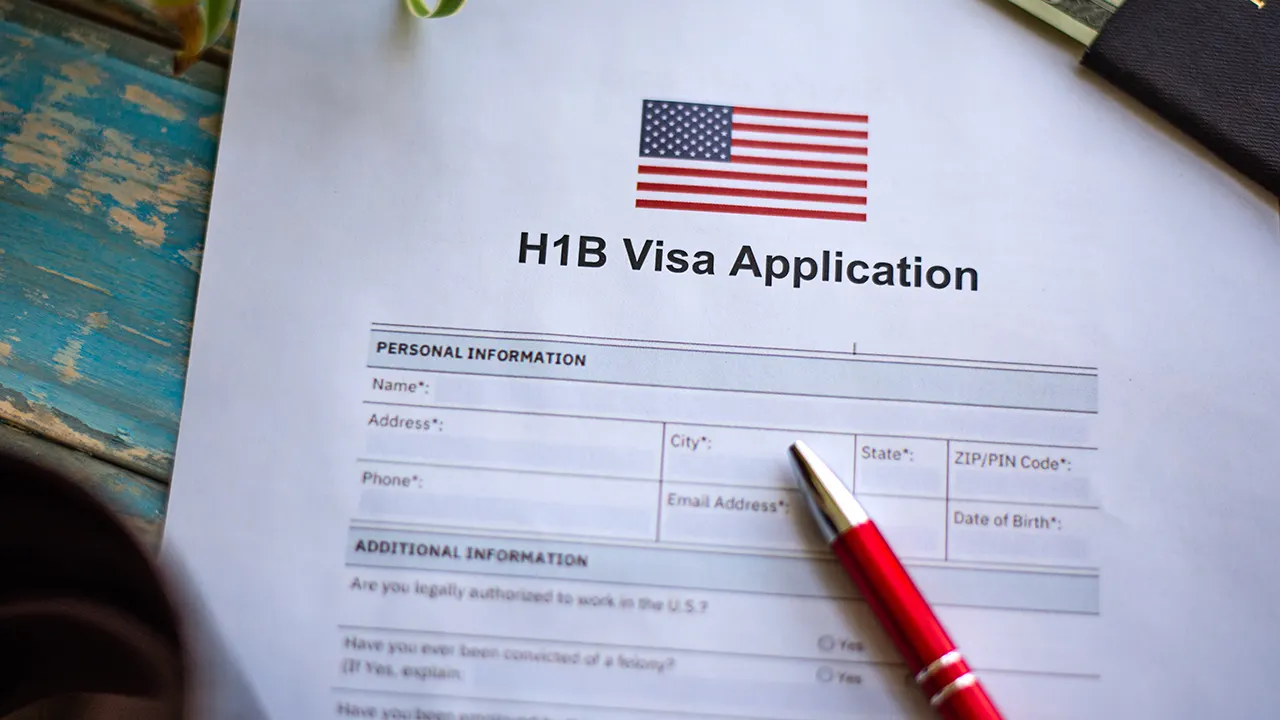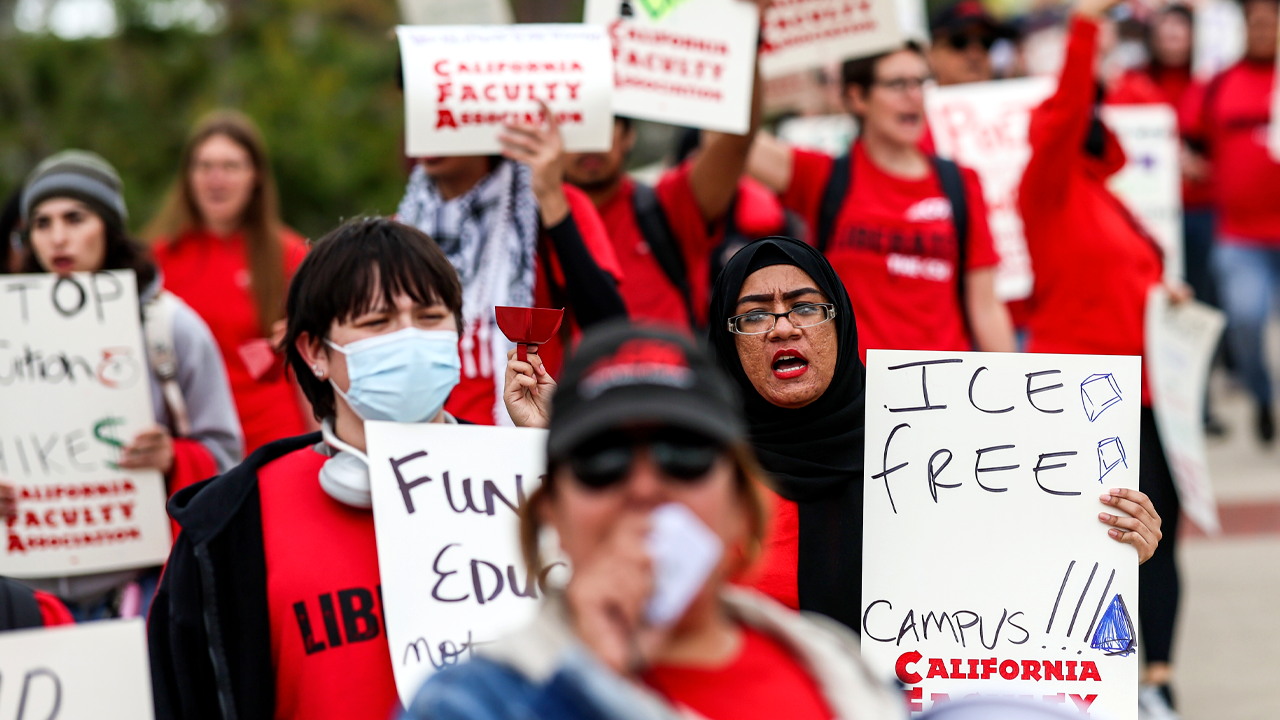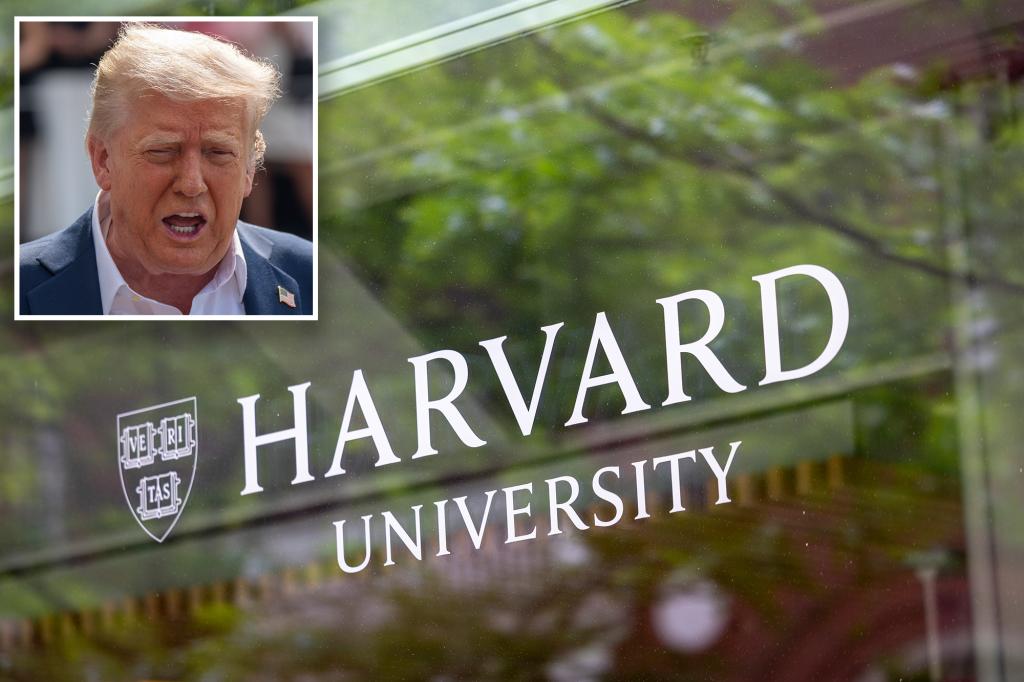Navigating the Future: H-1B Visas and AI’s Impact on Job Prospects for Students
The landscape of employment is changing rapidly, influenced by technological advancements and immigration policies. In particular, the intersection of H-1B visas and artificial intelligence (AI) has significant implications for the job prospects of students entering the workforce. This article aims to explore this evolving dynamic, providing insights into how these factors shape career paths and alter the expectations for the next generation of professionals.
Understanding H-1B Visas
The H-1B visa program allows U.S. employers to temporarily employ foreign workers in specialty occupations, which typically require a bachelor’s degree or higher. This program has been a vital component of the U.S. labor market, especially in sectors like technology, engineering, and healthcare. For many international students studying in the U.S., obtaining an H-1B visa is a crucial step towards securing a job post-graduation.
However, the H-1B visa system is not without its challenges. The application process can be complex, with a limited number of visas available each fiscal year—currently capped at 65,000 with an additional 20,000 for those holding advanced degrees from U.S. institutions. The demand often exceeds supply, leading to a lottery system for applicants.
The Role of AI in Transforming Job Markets
As we delve deeper into the implications of AI, it’s essential to recognize its transformative power across various industries. AI technologies are automating tasks, enhancing productivity, and creating new job categories that did not exist a decade ago. For instance, roles in data science, machine learning, and AI ethics are emerging as vital components of modern business strategy.
The rapid adoption of AI poses both opportunities and challenges for students seeking employment:
- Opportunities: AI offers new career paths in programming, data analysis, and AI management, which may align with the skills many students acquire during their studies.
- Challenges: Automation may displace certain jobs, particularly those requiring routine or manual tasks. Students must adapt and equip themselves with skills that complement AI rather than compete with it.
The Interplay Between H-1B Visas and AI Job Trends
As the job market evolves with the integration of AI, so too does the significance of the H-1B visa. Employers increasingly seek specialized skills that are often in short supply among domestic graduates. This gap creates a demand for international talent, where H-1B visas become a critical avenue for hiring skilled workers.
For students, particularly those pursuing degrees in STEM fields, understanding this interplay is crucial:
- Increased Competition: The influx of skilled international workers through H-1B visas may intensify competition for jobs, particularly in tech-centric roles.
- Skill Development: Students must focus on developing high-demand skills—such as programming, data analysis, and AI-related competencies—to enhance their employability.
- Networking and Internships: Building professional networks and gaining real-world experience through internships can significantly bolster a student’s job prospects.
Future Career Paths: Preparing for an Evolving Workforce
As students navigate their educational journeys, they should prepare for a workforce that is increasingly influenced by both AI advancements and immigration policies like the H-1B visa program. Here are some strategies to consider:
- Continuous Learning: Embrace lifelong learning. Online courses, certifications, and workshops can help students stay abreast of the latest developments in AI and related fields.
- Interdisciplinary Skills: Pursue a blend of technical and soft skills. Employers value candidates who can not only work with technology but also communicate effectively and collaborate across teams.
- Understanding Global Markets: Gain a global perspective. Understanding international markets and cultural nuances can be a significant advantage in a workforce that increasingly relies on global talent.
The Optimistic Outlook for Students
While the complexities of H-1B visas and the rise of AI may seem daunting, there is an optimistic outlook for today’s students. The demand for skilled professionals, particularly in STEM and AI-related fields, shows no signs of diminishing. Moreover, the ongoing evolution of the job market presents an array of opportunities for those willing to adapt and innovate.
According to a report by the World Economic Forum, it is estimated that over 80 million jobs may be displaced by 2025 due to automation, but this will be counterbalanced by the creation of 97 million new roles that are more adapted to the new division of labor between humans, machines, and algorithms. This shift highlights the importance of preparing for future career paths that leverage technological advancements.
Conclusion: Embracing Change and Seizing Opportunities
In conclusion, the interplay between H-1B visas and AI is reshaping the job landscape for students. While challenges exist, the potential for growth and innovation is immense. By understanding these dynamics, students can better prepare themselves for the future job market. With the right skills, mindset, and approach, the next generation of professionals can navigate these changes and seize the opportunities that arise.
As education institutions, employers, and policymakers continue to evolve in response to these trends, fostering an environment of collaboration and innovation will be key. The future holds promise for those who are willing to embrace change and actively engage in shaping their career paths.
See more TED Talks World



